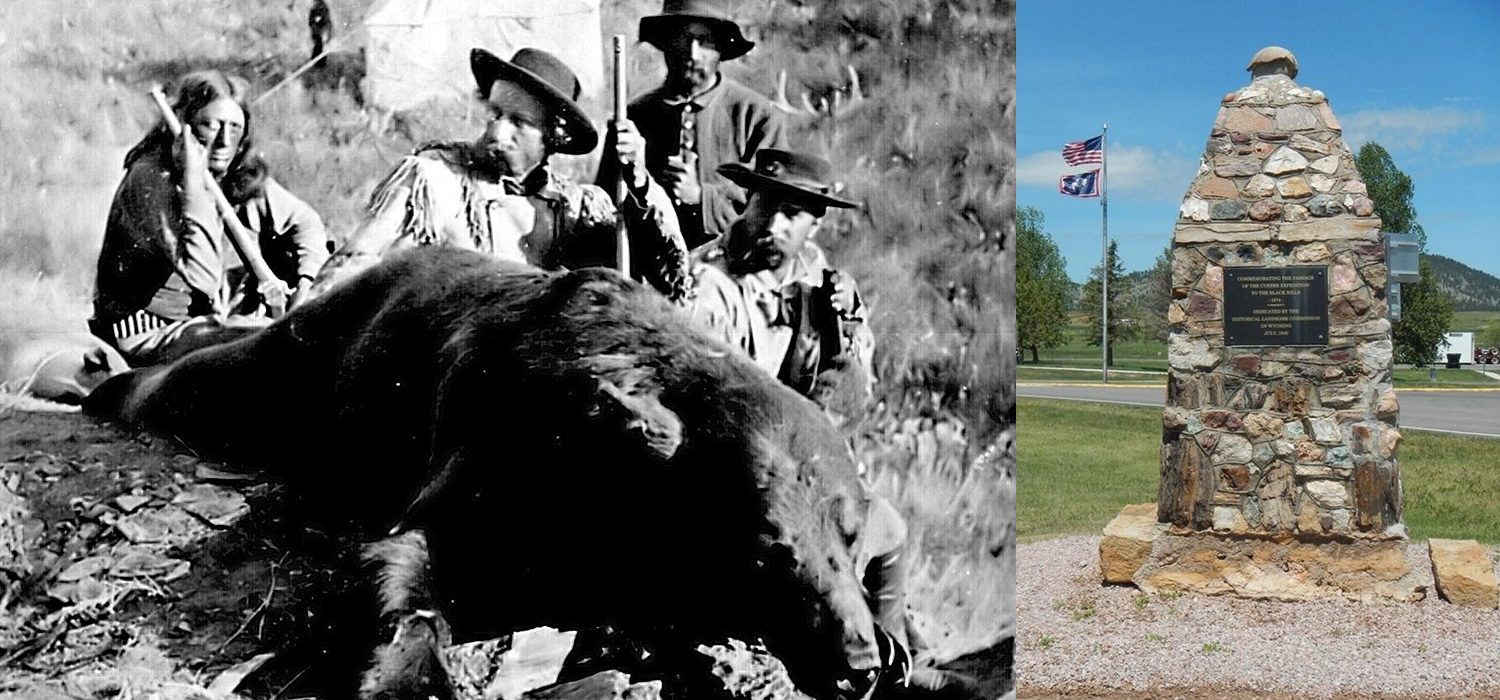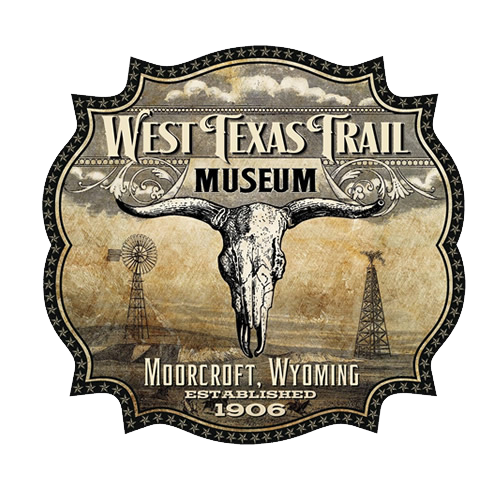A Glimpse into Frontier History
Introduction
In the heart of Crook County, Wyoming, lies a historic site that provides a fascinating window into the era of westward expansion and military exploration. The Custer Expedition Camp marks a significant event in American history, where General George Armstrong Custer and his men camped during their 1874 Black Hills Expedition. This site offers visitors a unique opportunity to explore the legacy of Custer's journey and its impact on the region.
The 1874 Black Hills Expedition
Led by Lieutenant Colonel George Armstrong Custer, the 1874 Black Hills Expedition was a pivotal moment in the exploration of the American West. Commissioned by the U.S. government, the expedition aimed to map the Black Hills, assess the potential for gold mining, and establish a military presence in the region. Custer's journey through the Black Hills, including his camp in Crook County, played a crucial role in opening up the area to further exploration and settlement.
Historical Context and Significance
The expedition's primary mission was to investigate reports of gold in the Black Hills, a region considered sacred by the Lakota Sioux. The discovery of gold by Custer's expedition ignited a rush of settlers and prospectors into the area, leading to conflicts with the Native American tribes who had long inhabited the land. The Custer Expedition Camp is a tangible reminder of these historical tensions and the dramatic changes that followed in the wake of Custer's findings.
Exploring the Site
Visitors to the Custer Expedition Camp can immerse themselves in the history of the 1874 expedition through a variety of interpretive displays and exhibits. The site features informative panels that detail the journey, the challenges faced by Custer and his men, and the broader implications of their discoveries. Walking trails allow visitors to explore the landscape much as Custer's troops would have seen it, providing a vivid connection to the past.
Artifacts and Exhibits
Archaeological excavations at the Custer Expedition Camp have uncovered numerous artifacts, including military equipment, personal items, and remnants of the camp itself. These discoveries offer a glimpse into the daily lives of the soldiers and the logistics of their journey. Exhibits at the site and in nearby museums display these artifacts, providing a tangible link to the historical events that unfolded in the region.
Educational Programs and Tours
The Custer Expedition Camp offers a range of educational programs and guided tours designed to engage visitors of all ages. School groups, history enthusiasts, and tourists can participate in interactive activities, lectures, and reenactments that bring the history of the expedition to life. These programs emphasize the historical significance of the site and its role in the broader narrative of American westward expansion.
Preservation and Legacy
Preserving the Custer Expedition Camp is essential for maintaining the historical integrity of Crook County and ensuring that future generations can learn from and appreciate this important site. Efforts to protect and maintain the camp include ongoing archaeological research, conservation initiatives, and community involvement. By supporting these preservation efforts, visitors and locals alike contribute to the safeguarding of a vital piece of American history.
Conclusion
The Custer Expedition Camp is more than just a historic site; it is a gateway to understanding the complex and often tumultuous history of the American West. A visit to the camp offers a profound connection to the past, allowing visitors to walk in the footsteps of Custer and his men and to reflect on the lasting impact of their journey. Whether you are a history buff, an educator, or simply curious about the stories that shaped our nation, the Custer Expedition Camp provides an enriching and memorable experience. Plan your visit today and step back in time to explore this remarkable chapter of American history.







